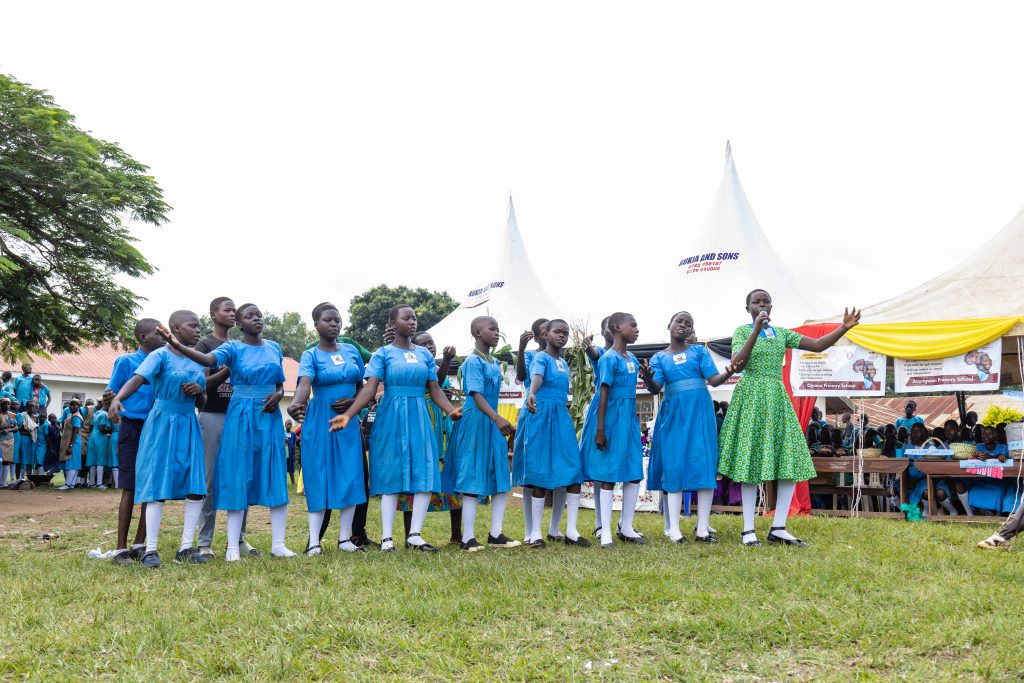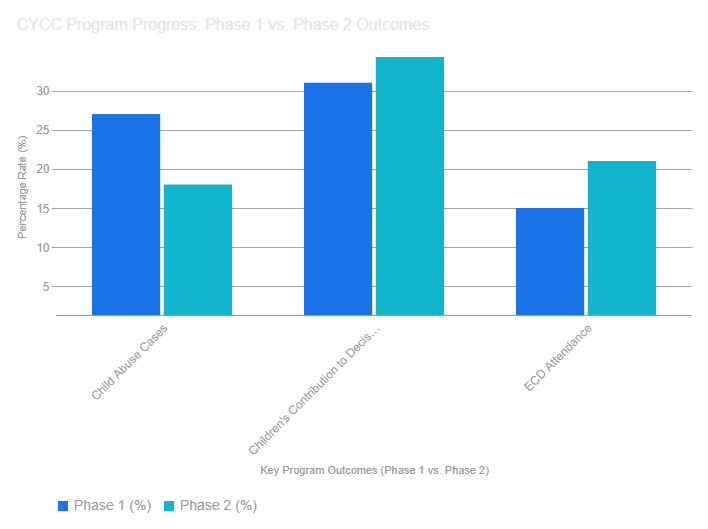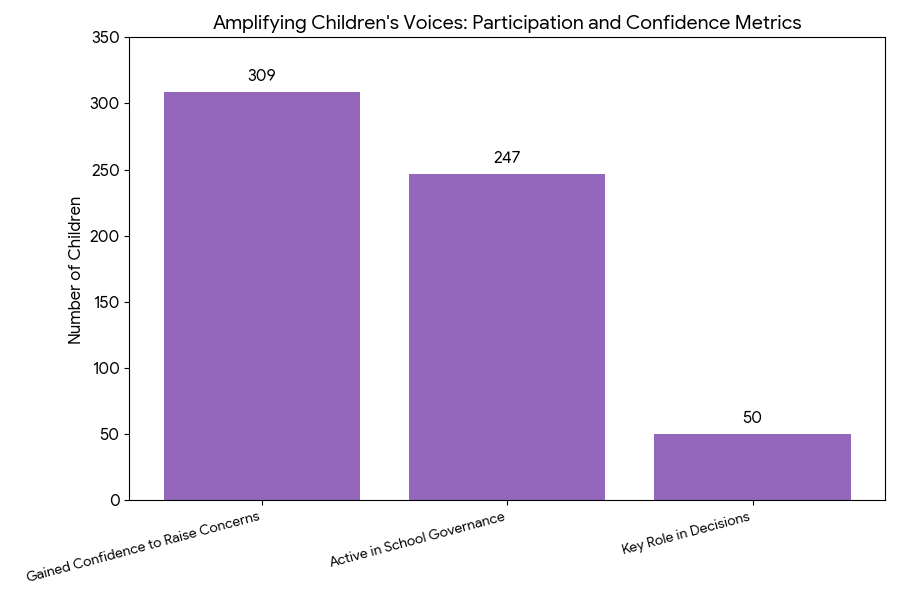By Emmanuel Egonu

A community-driven strategy to safeguard children in Uganda is yielding remarkable results, according to a recent review of Share An Opportunity (SAO) Uganda’s work. The organization has spent the 2024–2025 financial year intensifying its efforts to create safe, inclusive, and child-friendly environments, leading to a notable decrease in child abuse and a strengthening of local protection structures across its operational areas.
Central to this success is the empowerment of Child Protection Committees (CPCs). In the Kaberamaido District, these committees have become a formidable line of defense for children, successfully identifying and resolving 31 of 37 reported cases of child rights violations. Among their most impactful achievements was the annulment of four child marriages, a clear demonstration of the effectiveness of the community-based approach. The collaboration among CPCs, School Management Committees, local leaders, and Community Facilitators has built a robust framework for reporting abuse and ensuring child welfare. To ensure this progress is sustainable, 35 CPC members in the Abim District received a four-day training on monitoring and reporting abuse, which led to an increase in proactive community reporting.
The long-running Children, Youth and Communities for Change (CYCC) project also shows significant progress. An evaluation found a 9% decrease in child abuse cases, with rates dropping from 27% in Phase 1 to 18% in Phase 2. This decline is attributed in part to the introduction of CPCs, which have also contributed to a reduction in gender-based violence in many households.

Beyond physical protection, SAO Uganda has amplified the voices of children themselves. Through school and community-based children’s clubs, 247 children, representing 4% of the 9,416 engaged, took an active part in school governance and decision-making. As a result, 309 children gained the confidence to raise concerns in child-adult forums, while 50 reported playing a key role in household and school-level decisions. The CYCC program evaluation found children’s contribution to decision-making surged from 31% in Phase 1 to 51% in Phase 2. In the Abim District, 50 children’s clubs are now active, and 18 club patrons have been trained on sustainable management, empowering them to support the clubs independently.
The program’s strategy is deeply integrated, weaving child protection principles into health and livelihood initiatives. Community Health Workers, operating under the Public Health Care project, conduct home visits and facilitate emergency care referrals. In the livelihoods component, caregivers in Self-Help Groups are using their increased income to directly meet their children’s needs, such as paying for school fees, improving nutrition, and covering medical support.
Community education has been a major focus, with extensive sensitization conducted on topics including child marriage, gender-based violence, positive parenting, and positive discipline. Male champions and peer educators were trained to lead these behavior change initiatives. This work, along with strengthened referral pathways, has contributed to a reduction in violence and abuse. Reports from SHG members in Manafwa and Kaberamaido confirmed a notable decline in domestic violence.
In schools, SAO Uganda has worked to create child-friendly education systems and safe learning environments. The percentage of children aged 3 to 6 attending Early Childhood Development (ECD) classes regularly increased from 15% in Phase 1 to 21% in Phase 2. The governance of 8 ECD centers in Abim District has improved due to coaching and mentorship sessions with School Management Committees, who have shown ownership by mobilizing parents to pay for fees and scholastic materials.

The work highlights that a key to effective child protection is community ownership of the process. A strong link exists between economic empowerment and child protection, as households with stable incomes are more likely to keep children in school and protect them from exploitation. Continuous dialogue and the active involvement of local leaders are crucial for shifting deeply rooted cultural practices and building a lasting culture of child protection.

Leave a Reply